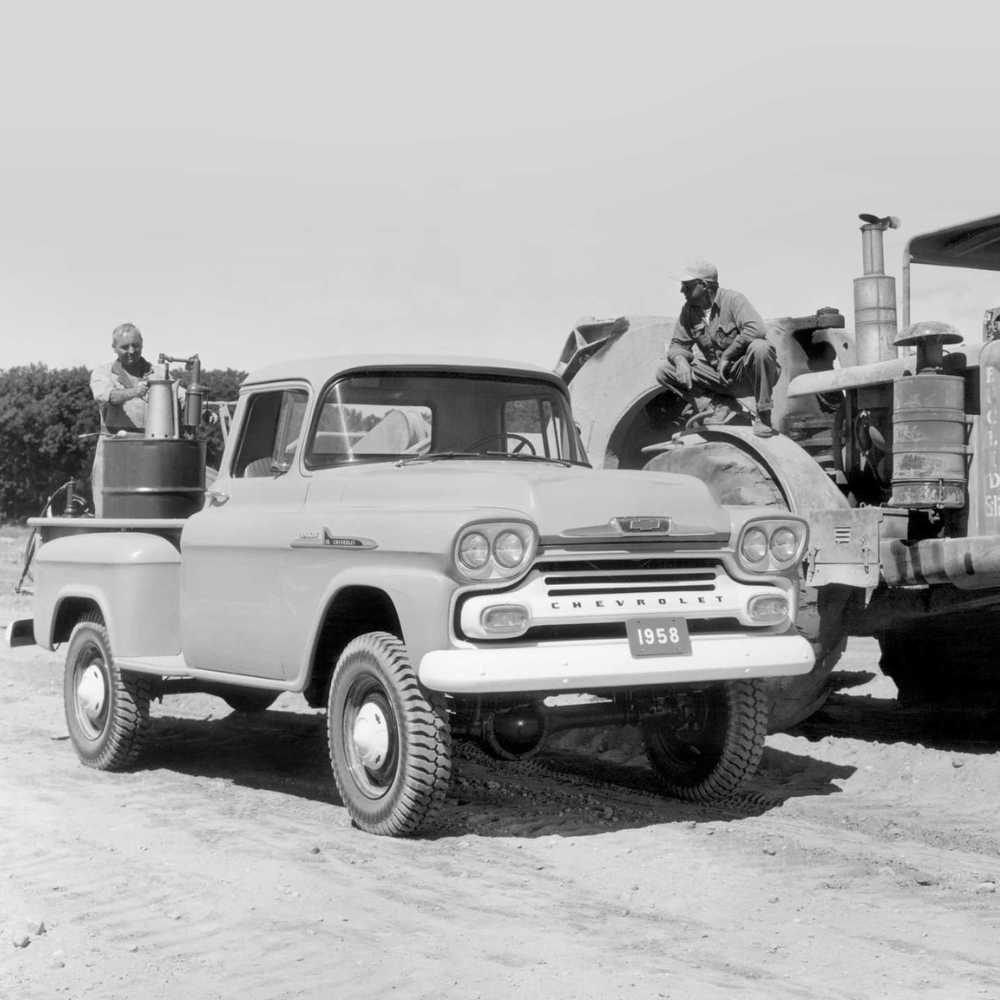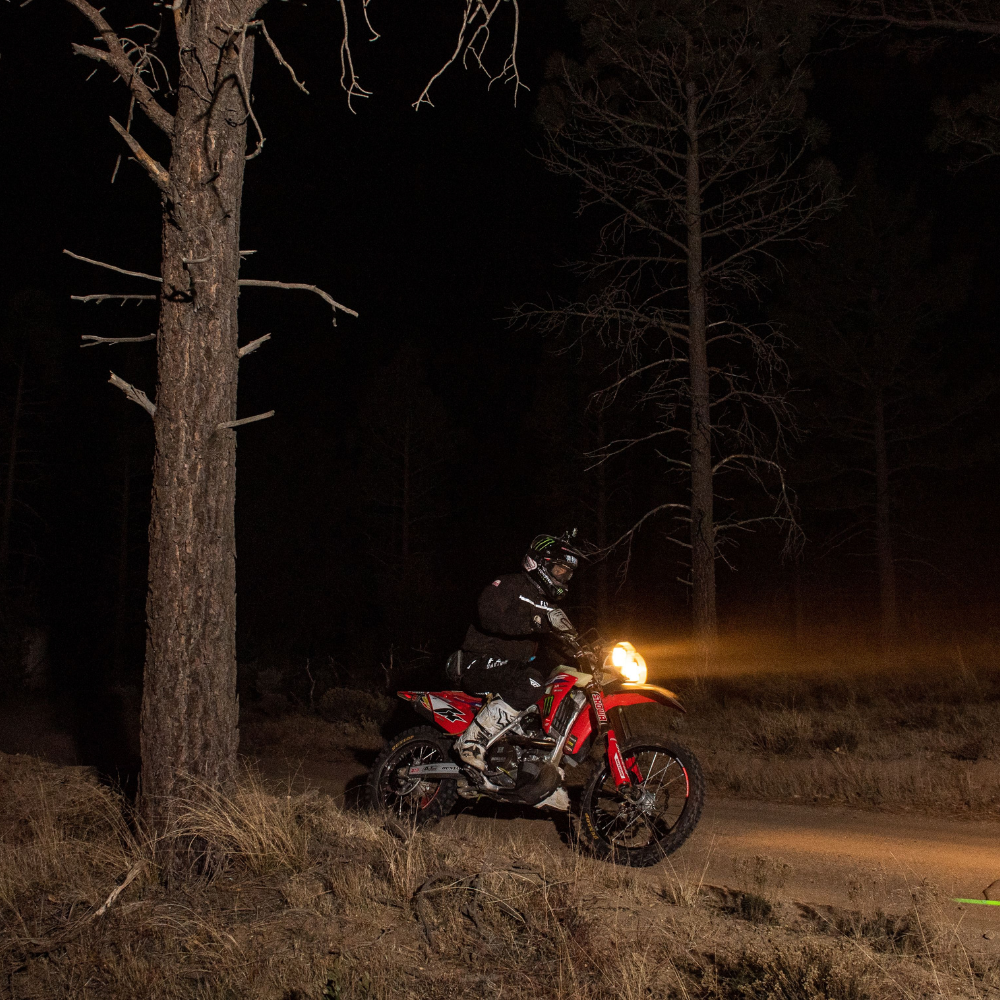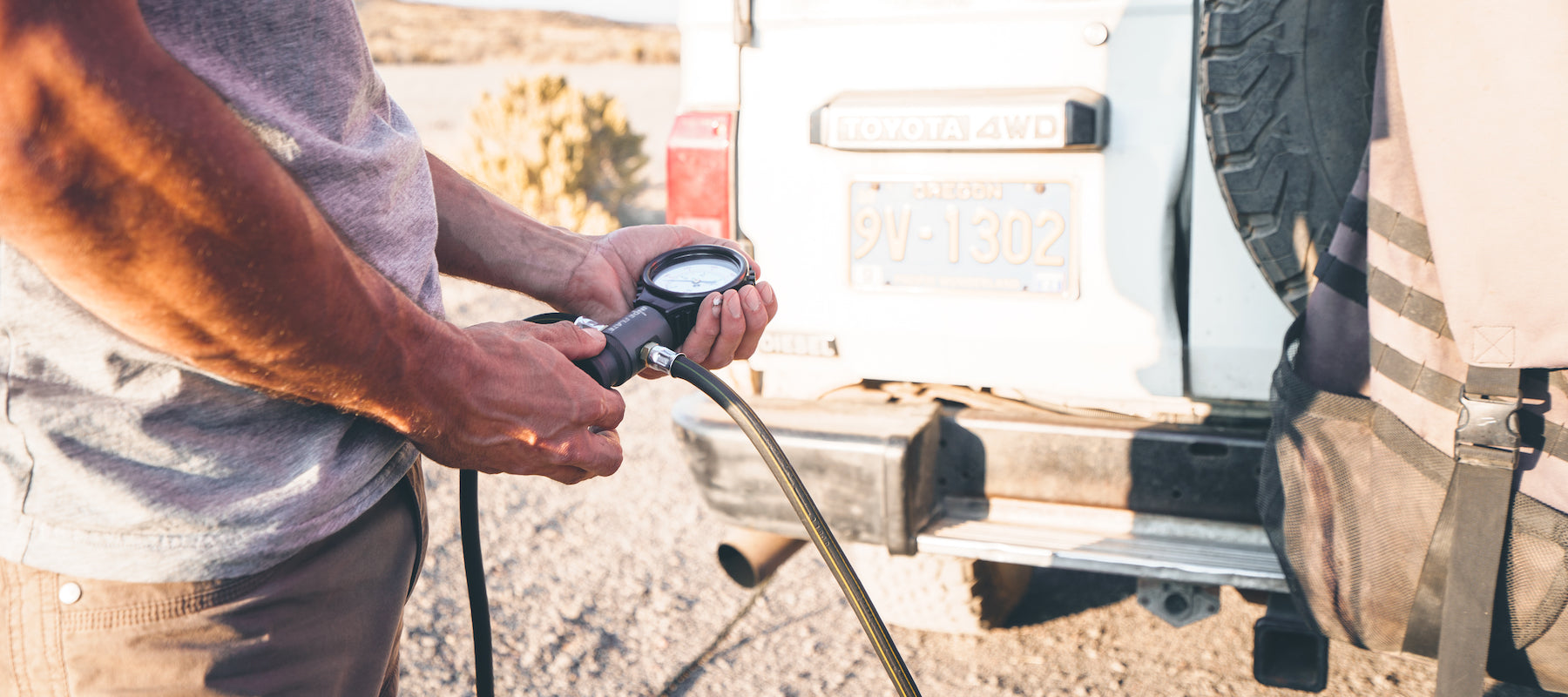Peking, 1907
In the early 20th century, the world was a vastly different place. The automobile was still a novelty, and the concept of a long-distance car race was almost unthinkable. Yet, in the bustling corridors of the Parisian newspaper Le Matin, a daring proposition was inked on January 31, 1907. The challenge was simple yet audacious: "Is there anyone who will undertake to travel this summer from Paris to Peking by automobile?" The political climate was tense, with nations vying for colonial territories and technological advancements. The race was not just a sporting event; it was a statement of national pride and a test of engineering marvels. Participants and organizers alike spent months preparing, securing sponsors, and planning logistics. The race commenced from the French embassy in Peking (now Beijing) on June 10, 1907, and concluded in Paris, covering a staggering distance of 14,994 kilometers (9,317 miles).

The Machines: From Vintage to Modern Marvels
The inaugural race featured a motley crew of vehicles, from Italian 7-liter engines to Dutch Spykers. But it was the Italian Prince Scipione Borghese, driving an Itala 35/45 HP, who claimed the first victory. Over the years, the rally has seen an evolution in machinery, from vintage cars to modern 4x4s, each built to withstand the grueling journey. The early cars were not just vehicles; they were mechanical beasts that required constant attention. Breakdowns were frequent, and drivers had to be their own mechanics. Fast forward to the 21st century, and we see state-of-the-art SUVs equipped with GPS, climate control, and advanced suspension systems participating in the race. These modern marvels are a testament to how far automotive technology has come.

The Route: A Tapestry of Terrains
The original route was a labyrinth of uncharted territories, from the deserts of Mongolia to the icy expanses of Siberia. It was a race not just against time but against nature itself. The route followed a telegraph line, allowing journalists to send real-time updates, making it one of the most well-documented races of its time. Over the years, the route has seen modifications due to political tensions and natural calamities. Some sections, like the Gobi Desert, have remained constant, offering a relentless test of man and machine. The Ural Mountains, the vast Russian steppes, and the European countryside each offer their own unique challenges, making the race a true test of endurance.

The Challenges: More Than Just Speed
The Peking to Paris Rally was never just about speed; it was a test of endurance, ingenuity, and sheer will. The race went through areas where roads were non-existent, and fuel had to be carried by camels stationed along the route. Each car had a journalist onboard, turning the race into a global spectacle. The challenges were not just physical but also mental. Drivers had to navigate through unfamiliar terrains, often in extreme weather conditions. The lack of proper roads meant that participants had to create their own paths, sometimes literally carving roads through mountains and forests. It was a race where resourcefulness was as important as speed.

A Fresh Start: 21st Century
After a hiatus due to geopolitical upheavals, the race saw a resurgence in the late 20th and early 21st centuries. Modern re-enactments have taken various forms, including vintage car rallies and even a 16,000-kilometer journey by a 1973 Fiat 500 from Italy to Beijing in 2005. The revival was not easy; organizers had to navigate a maze of political and logistical challenges to bring back the iconic race. The modern races have also incorporated various categories, including classic, vintage, and even electric vehicles, making it a diverse and inclusive event.

The Human Element: Stories of Triumph and Tragedy
The Peking to Paris Rally has always been more than just a race; it's a human drama on an epic scale, a canvas rich with stories of triumph, tragedy, and indomitable spirit. One such tale is that of Charles Godard, a Frenchman who didn't own a car but was determined to participate. He borrowed a Spyker car and set off on the adventure of a lifetime. However, the journey was fraught with challenges. Godard had to beg for petrol and even resorted to using cooking oil when fuel was scarce. Despite the odds, he managed to finish fourth, embodying the spirit of resilience and ingenuity that the rally is known for.
Then there's the story of the British participant Emma Wilkinson, whose life was tragically cut short in a head-on collision during the 2013 race. Emma was an experienced rally driver and her death sent shockwaves through the racing community. It served as a grim reminder of the risks involved in such an undertaking. Yet, it also galvanized safety reforms and led to a renewed focus on participant well-being in subsequent editions of the rally. Emma's legacy lives on, not just as a cautionary tale but as an inspiration for improved safety measures in motorsports.
Another compelling narrative is that of the 1977 race where a team of adventurers led by Ken Tubman decided to participate in a Citroën 2CV, a car hardly known for its off-road capabilities. Against all odds, the team not only completed the race but did so with such flair and determination that they became legends in their own right. The story of their journey, filled with breakdowns, makeshift repairs, and moments of sheer despair, is now part of rally folklore.
The race has also been a stage for unlikely friendships and alliances. In the 1997 edition, two competing teams found themselves stranded in the unforgiving terrains of Mongolia. With both vehicles damaged and little hope for quick repairs, the teams decided to join forces. What followed was an incredible feat of engineering and teamwork as they cannibalized parts from both cars to create a single functioning vehicle. They completed the race together, sharing the wheel and the glory, epitomizing the spirit of camaraderie that the rally fosters.
Personal anecdotes from participants reveal the emotional highs and lows, the camaraderie, and the sheer exhaustion that come with such an epic journey. Drivers speak of the surreal experience of driving through empty deserts under a blanket of stars, the thrill of navigating through unknown terrains, and the overwhelming sense of accomplishment upon reaching the finish line. There are stories of families participating together, passing down the love for adventure from one generation to the next. Fathers and sons, mothers and daughters, siblings, and even grandparents have taken on the challenge, making it a family affair.

It's a race that has changed lives, created legends, and even inspired movies and books.The Legacy: An Unending Quest
The Peking to Paris Rally continues to be a symbol of human resilience and the spirit of adventure. It's not just a race; it's a quest that has captivated the imagination of adventurers, racers, and spectators alike for over a century. The race has inspired countless other adventure rallies and has a dedicated following of enthusiasts and historians. It has been featured in documentaries, books, and academic studies, each delving into different aspects of this incredible journey.

The Verdict
The Peking to Paris Rally is not just a test of mechanical prowess; it's a celebration of human spirit and the unquenchable thirst for adventure. With each passing year, the rally continues to push the boundaries of what is possible, etching its indelible mark on the annals of motorsports and adventure. It's a race that demands not just physical strength but also emotional and mental resilience. It's not for the faint-hearted but for those who dare to dream, dare to adventure, and dare to conquer.

The Future: What Lies Ahead?
As we look forward to the next edition, one can only wonder what new challenges and triumphs await. Will electric vehicles take the center stage? Will the route expand to even more treacherous terrains? Only time will tell, but one thing is certain: the Peking to Paris Rally will continue to be a journey like no other. Advances in technology, changes in geopolitical landscapes, and the evolving nature of adventure sports mean that the race will continue to evolve, offering new challenges and opportunities for the next generation of adventurers.
So, are you ready to embark on the ultimate journey from Peking to Paris? Would you dare to take on the challenges that have tested the mettle of adventurers for over a century? And what do you think the future holds for this legendary rally?




